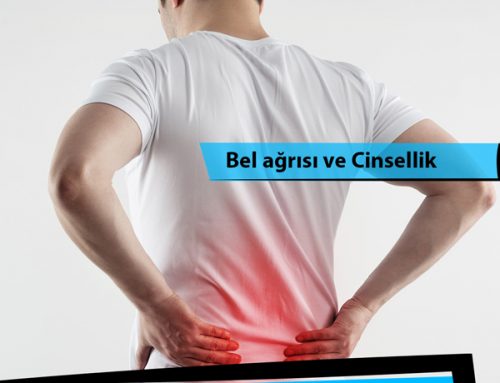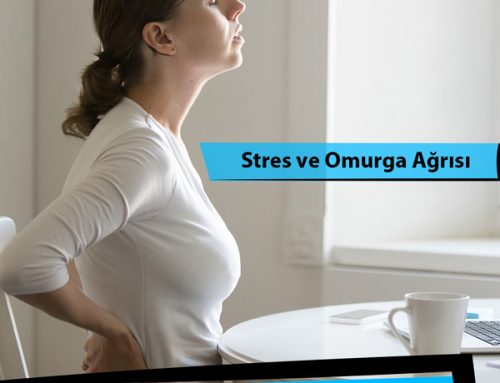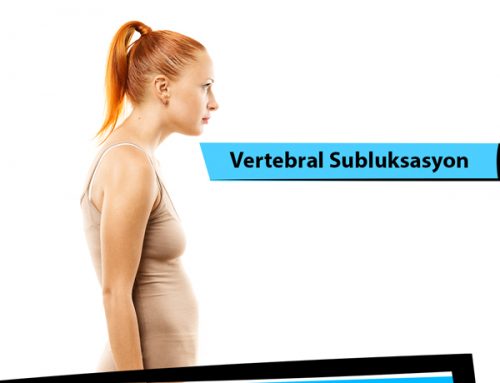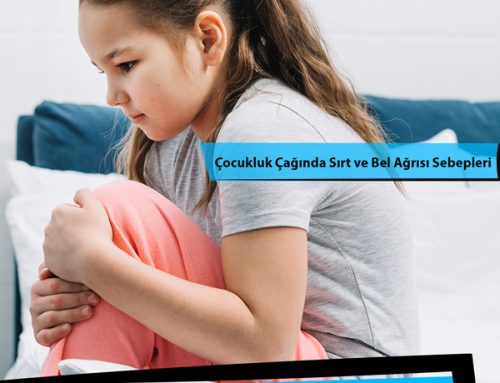Tailbone Pain (Coccygodynia)
SPINE
The coccyx is the part of the spine that is located at the lowest end after the sacrum. It articulates with the sacrum. The coccyx, also called the tailbone, consists of 4 small vertebrae. These small bones can be separate or fused. All together, they form the coccyx (tailbone). Various muscles, tendons and ligaments attach to this bone. The coccyx also supports the body while sitting. Coccyx pain is a common and difficult to treat disease.
Although there are mild cases, it can sometimes seriously impair the patient's quality of life. This condition, medically described as coccygodynia or coccydynia, can actually be caused by a number of diseases. Coccygodynia occurs 5 times more frequently in women than in men.
Causes of Coccyx Pain
CoccygodyniaIt occurs due to traumas caused by falling from sitting in the past, sitting on a hard surface for a long time, being extremely thin, breaking or damaging the coccyx bone during birth, local tumors, herniated discs and other unknown reasons. Especially in thin women, the coccyx bone is more damaged and can even break due to falling from sitting, as the subcutaneous support tissue is less.
Congenital coccyx bone People who are extremely inclined also experience coccygodynia more often. Patients who complain of coccyx pain are especially those who work by sitting and standing for long periods of time. Sitting on a hard chair for long periods of time can cause pain. Coccyx pain is more common in people with anxiety and depression. Pregnancy is a period when coccygodynia (coccyx pain) is frequently seen.
- For a diagnosis of coccygodynia, pain must persist for at least two months. The most important consequence of coccygodynia is pain;
- While sitting
- When standing up from a sitting position
- While having a bowel movement
- Sexual intercourse during
- During menstrual periods There is usually pain in and around the coccyx, sometimes radiating to the legs.
Coccyx pain In patients who apply to a doctor for this reason, other causes should definitely be investigated. Female reproductive organs, intestinal system and urinary tract diseases, tumors and infections can manifest as coccyx bone pain. Therefore, detailed evaluation of diseases that may originate from this region should be performed in patients with coccyx pain. The best methods to show coccyx bone pathologies are plain X-ray, MRI and rarely bone scintigraphy.
Treatment of Coccyx Pain (Coccygodynia) First of all, patients should be given a soft sitting cushion, sitting baths and anti-inflammatory drugs for 6-8 weeks. The load on the coccyx can be reduced with a special sitting position. Cortisone injections can be made around the coccyx. Manual therapy Coccyx mobilizations may be helpful in some patients. In pregnancy-related coccygodynia, pain may go away without treatment after birth. Ligaments around the coccyx can be stabilized with prolotherapy injection.
The number of prolotherapy sessions varies according to the patient's response. Blockade of the nerves in front of the coccyx bone may be effective in some patients (ganglion impar block). Very rarely, the coccyx bone can be surgically removed. The number of patients whose pain continues despite all treatments, including surgical intervention, is quite high.


















[…] Coccygodynia (Coccyx pain), […]